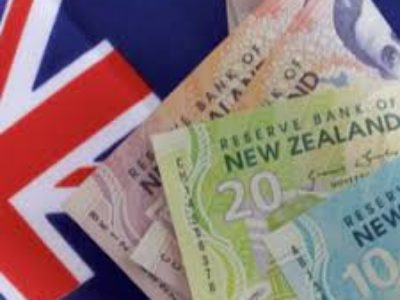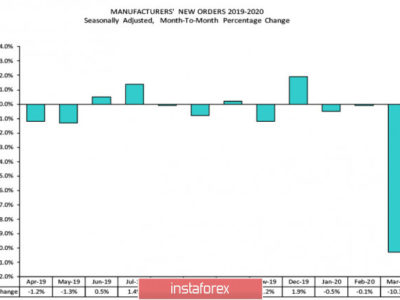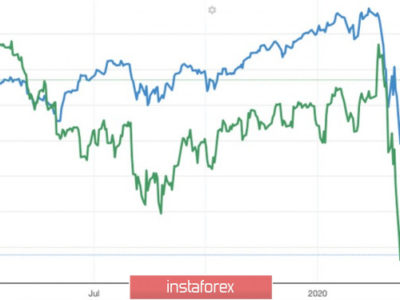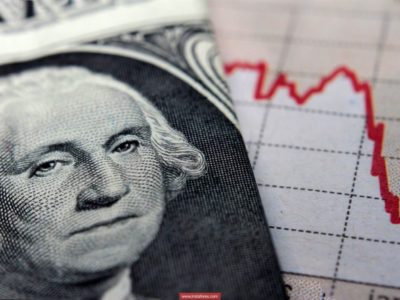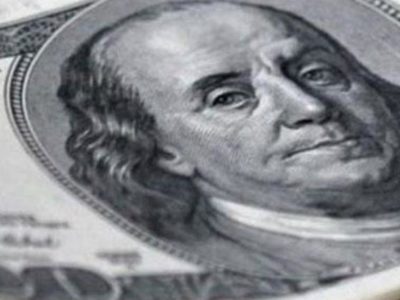Currency Update 26th of October
We don’t have a specific trade call to begin the week, however we will continue to monitor news feeds and current developments for potential opportunities, and trade ideas. As always I suggest you start the week by reading my currency update to familiarize with the latest market changes.
Currency Update:
USD: The greenback remains the strongest currency in the longer term as the market currently expects the Fed to raise rates in late 2015 or early 2016. The FOMC needs to be reasonably confident about inflation tracking towards 2% before increasing the fed funds target rate for the first time in nearly a decade. Core PCE y/y for August moved back up to 1.3% after falling to multi-year lows at 1.2% for July. The Fed kept rates on hold as widely expected and struck a relatively dovish tone at the September 17 meeting, mainly in the context of subdued inflation. The Jobs report released on October 2 was the second consecutive sub-150,ooo print (prior revised down from 173K to 136K), and saw zero wage growth. The participation rate also ticked lower to its lowest in nearly 40 years showing the labour market is shrinking. On October 15, CPI for September came in unchanged for the year while Core CPI ticked up to 1.9%. Fed Fund Futures currently price a rate hike in March, with October at less than 10% and December around 30%.
EUR: The currency remains weak medium-term due to the quantitative easing program that is underway and expected to continue. Inflation and growth readings in recent months have failed to show that the economy is recovering at a reasonable rate. Final CPI for September came in unrevised from the flash estimate at -0.1% headline y/y and 0.9% core y/y. The ex-food and energy figure dropped to 0.8% from 0.9% y/y. The euro has come under massive pressure since the ECB press conference where Draghi indicated that the current QE program will be re-examined in December and that inflation remains very low. If inflation does not pick up then the market expects QE to be expanded in December.
GBP: Sterling is a long-term bullish currency given expectations to raise rates in mid 2016. However the pound has seen weakness over past months as rate hikes expectations are pushed further out. Recent MPC Minutes showed the BOE expects inflation to remain subdued in the near term and this has the effect of delaying rate hikes. Inflation data for the month of September showed headline deflation and the core readings also missed estimates at just 0.1% for the month and 1% for the 12 months ending September 30. These misses have put more downward pressure on GBP and short-term bearish sentiment remains on the currency. Wage growth for August was positive with Average Earnings 3M y/y printing at 3%. This is only marginally below the 3.3% reading for May, which is the highest since 2010.
AUD: The RBA are currently on hold with an easing bias. The AUD remains vulnerable to developments out of China and fluctuating commodities, despite the Australian economy running well and the RBA content with current level of interest rates. At the October 6 meeting the RBA kept rates on hold as was expected. The accompanying statement struck a somewhat optimistic tone, citing a moderate expansion in the economy, somewhat stronger growth of employment, and a steady unemployment rate. Labor figures released on October 15 showed September employment was down 5.1K, missing expectations of a 5K increase. The August gain of 17.4K was revised higher to 18.1K. The unemployment rate remained at 6.2%, while the participation rate ticked down one tenth to 64.9%. All four big banks in Australia have announced they will increase lending rates, however it is uncertain whether this will affect RBA monetary policy in the short term.
NZD: The Kiwi dollar is one of the most bearish currencies at present due to the easing cycle of the RBNZ. The Bank cut rates to 2.75% on September 10 and issued a dovish statement which saw NZD weaken across the board. The NZD is expected to remain under pressure as the market anticipates at least one more cut this year. Westpac forecast NZDUSD at 0.59 by early 2016. GDP for Q2 missed estimates at 0.4%, however this is up from 0.2% growth in Q1. Quarterly consumer price data out of New Zealand on October 15 showed the consumer price index was up 0.3% in Q3, taking the annual rate to 0.4%. This follows dovish comments from RBNZ Governor Wheeler on October 13 were Wheeler said that some further easing in OCR seems likely, and the the greatest concern at this point lies around China. GDT fell 3.1% on October 20, ending it’s c0nsective gains streak at 4. The NZD also fell after the negative print, that was somewhat of a surprise as the NZX derivatives market had predicted both whole milk powder and skim milk powder prices would lift again.
CAD: The BOC left rates unchanged on October 21 and released a statement that was largely unchanged. With that said, there were downward revisions to growth forecasts for 2016 and 2017. The revisions had an immediate negative impact on the CAD, however this is unlikely to remain a significant factor moving forward as the policy outlook remains unchanged. The price of WTI crude will largely continue to dictate short term movements in the CAD as it remains in a fairly neutral state. On September 30 Canadian GDP printed better than expected at 0.3% to achieve its first back to back growth since September-October 2014. There was a downward revision to the previous month to 0.4%, but nevertheless, back to back growth prints will be viewed as positive.
JPY: The yen remains bearish medium term due to QQE. The BOJ have revised down their forecasts for CPI in coming years and their next move may include an adjustment to their inflation goal and stimulus program. CPI and BOJ inflation forecasts should be watched carefully for indications that the current stimulus will be increased. Thus far the BOJ maintains that the 2% target will be met by mid-16. Ex-food and energy CPI has been ticking higher which decreases chances of stimulus at the October meeting. The BOJ kept monetary policy unchanged at the October 7 meeting and refrained from hinting at further easing. Japanese lawmaker Yamamoto stated that the BOJ is worried that more easing would weaken the JPY. Takahide Kiuchi continued to be the lone dissenter, calling for the bank to increase the monetary base at an annual pace of 45 trillion yen.
CHF: The franc is fundamentally a weaker currency given the SNB’s negative interest rates, however it can suddenly rally on safe-haven flows. The SNB regularly recite that the franc is overvalued and they are prepared to intervene to weaken the currency.
The post Currency Update 26th of October appeared first on Jarratt Davis.
Source:: Currency Update 26th of October



